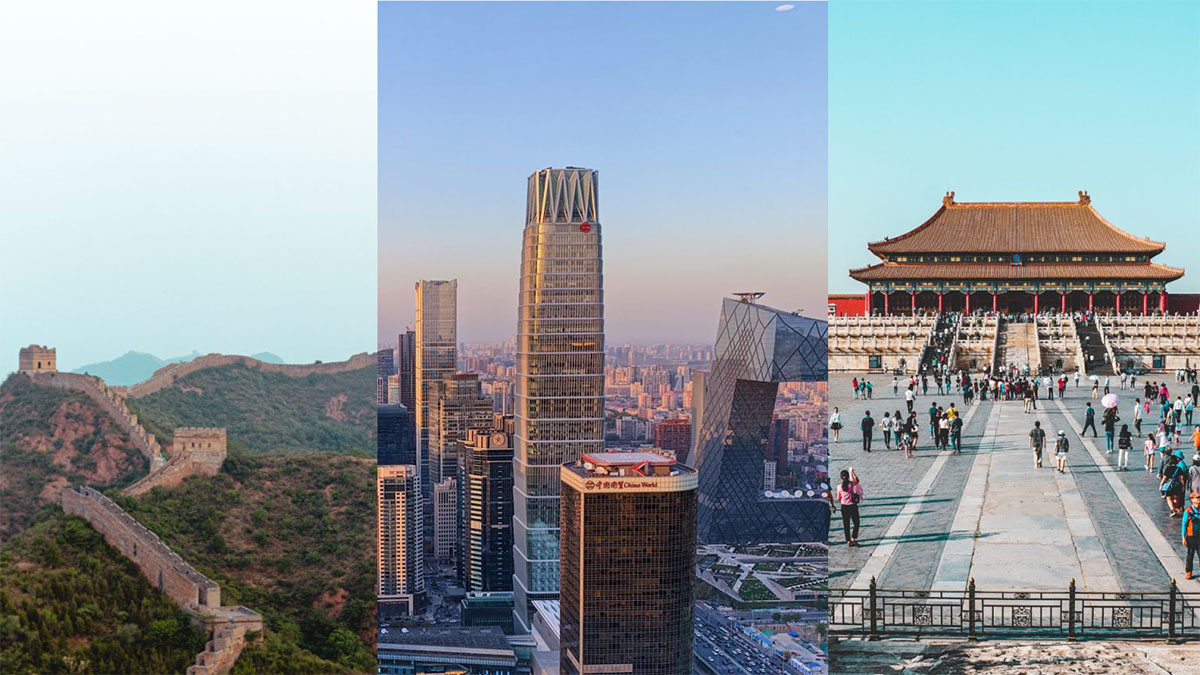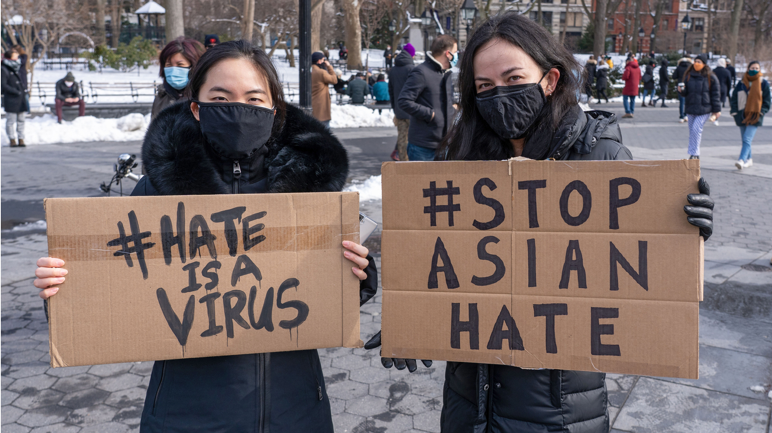Peking or Beijing? Find Out Here!

Ever wondered what the word “Peking” means, where it originated from, and why others still use it?
The word “Peking” is the former name of Beijing, the capital of China that we know today. In 1949, after the establishment of the People’s Republic of China, the government adopted the pinyin transliteration method and used it to write proper names using the Latin alphabet. This resulted in “Peking” being known throughout the West as “Beijing.” And in 1978, Peking officially became Beijing because of international standards.
Both Beijing and Peking still refer to the same two characters in Chinese, 北京, since Beijing is based on the current standard romanization system for Mandarin, which is Hanyu Pinyin. Meanwhile, Peking is based on archaic Chinese, which was developed during the late Qing dynasty.
Their different spellings have been a result of various romanization systems, but they still mean the same thing. The two different spellings comes from a combination of historical sound changes and differing approaches towards sound representation.
“Peking” was widely used for years before it was formalized during the Qing dynasty. It was based on the Nanjing Mandarin pronunciation that existed in 17th century China during the late Ming or early Qing period.
Comparing it to modern Mandarin, its most notable difference is the presence of dental and velar consonants (t͡s, t͡sʰ, s, k, kʰ, and x, corresponding to (pinyin z, c, s, g, k, and h) before high front vowels and glides (pinyin i and ü/u).
In modern Mandarin, all these consonants are palatalized into [t͡ɕ, t͡ɕʰ, ɕ] (pinyin j, q, and x). The same character was pronounced a hundred years ago as “king” but using the same character, but a Chinese person would pronounce 京 as “jing” today.
And that’s Beijing for you.












